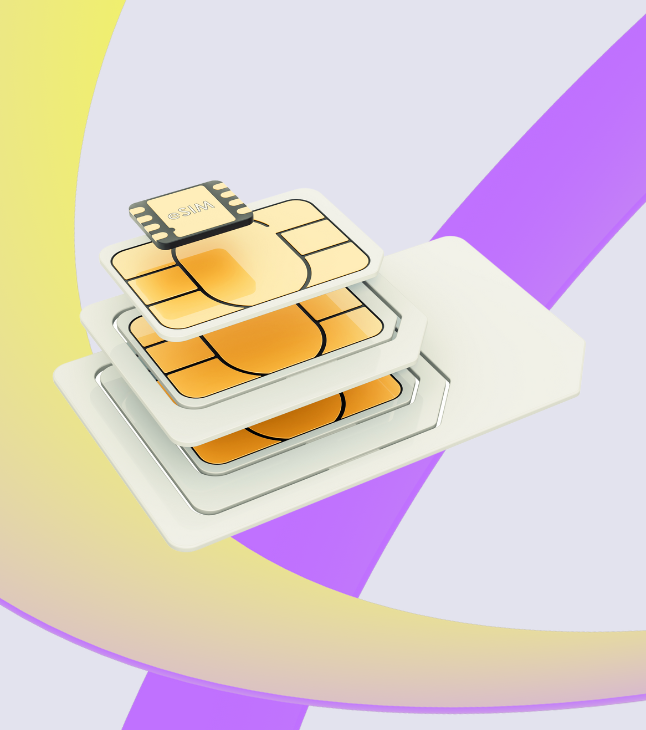When the pandemic hit all industries, we had to find a way to adapt and reimagine essential aspects of our daily lives. Education, for instance, saw more than 50% of students transitioning into the concept of e-learning. Some might consider this transition a silver lining, as it presented an opportunity for IoT device manufacturers to explore and advance the field of IoT in Education.
Six areas to innovate education with IoT
The education sector has a history of incremental technological enhancements aimed at improving the existing systems. Consequently, there exist multiple domains where IoT solutions can enhance the overall teaching and learning experience. Manufacturers are now strategically concentrating their efforts in these domains.
- Improved collaboration
IoT solutions are known for centralizing information and making it accessible to different users. Collaborative learning is a growing concept, and smarter IoT gadgets such as smart whiteboards help teachers and students exchange information with each other cooperatively.
Universities and schools actively seek partnerships with IoT manufacturers to introduce these comprehensive product ecosystems. While creating such products demands substantial engineering work from manufacturers, they offer institutions a distinctive edge and a path to modernization. For example, through tools like Google Jamboard, students access the information from an interactive whiteboard on their mobile, tablet, or personal computers in real-time.
- Effective communication
E-learning fosters the idea of global education, enabling diverse learners to access educational resources from institutions around the world. Consequently, there is an opportunity to bridge the communication gap between tutors and students through language, accents, and teaching styles.
IoT solutions can gather, store, and refine the collection of knowledge so it is centrally available in the necessary language through digitization. Algorithms like TTS (Text-to-speech) and STT (Speech-to-text) are another example of tools for effective exchanges. A simple web or mobile app solution can help with such an e-learning experience.
- Personalizing the learning experience
IoT solutions facilitate the seamless sharing of students’ data, encompassing their skills and comprehension of various concepts, with teachers. This exchange of data serves to provide educators with a deeper insight into each student’s strengths and weaknesses.
In this way, educational institutions can leverage their IoT infrastructure to tailor their curriculum and course designs for improved outcomes. Students, too, have the flexibility to emphasize specific aspects of their courses and adapt their learning strategies to digital curriculum. Entrepreneurs in the Edutech sector can explore opportunities in this field through hardware, software, or a hybrid IoT solution.
- IoT classrooms
The realization of IoT classrooms is within reach as manufacturers make these ecosystems economically feasible. By harnessing IoT sensors, actuators, and cellular gateways, educational institutions can usher in a new era of classroom modernization, featuring enhanced control, monitoring, and automation capabilities. In this context, IoT manufacturers have the choice of either delivering conventional remote control features or pioneering the complete digitization of classrooms.
- Institute resource management
IoT infrastructure implementation can help identify the consumption of power and utilization of different resources. There are several ways IoT can help your institute, including detecting power consumption, tracking classroom occupancy, tracking on-premise assets, and detecting student’s presence. Several IoT sensors and data loggers here can help support such tasks as long as they are all able to connect to the internet within a wireless network through the university.
- Automating activities
IoT solutions offer the potential to automate various tasks, enabling both students and teachers to concentrate on their primary responsibilities. The development of IoT solutions with the ability to automatically record attendance, document classroom interactions, and facilitate assignment tracking and review can significantly enhance efficiency for learners.
Furthermore, IoT solution engineers can extend their expertise to deploy IoT technology across various aspects of educational institutions, encompassing areas like voice assistance, library management, staff administration, attendance monitoring, and more.
Everything you need to know about IoT SIMs
IoT applications in education
The education industry is vast and diverse, comprising a wide range of unique institutions. Manufacturers have the opportunity to narrow their focus by targeting specific niche institute categories, as outlined in the following applications:
- Smart whiteboards
IoT whiteboards can serve as traditional whiteboards when used in a class, but they can also interface with a software solution for digitized exchange between teachers and students anywhere in the globe.
- IoT attendance and real-time tracking
Universities can harness RFID or NFC-based attendance solutions for the automation of student attendance checks. Moreover, IoT technology can be employed to monitor the punctuality of faculty members, ensuring they attend their assigned classes promptly and dedicate adequate time to teaching.
- HVAC systems
Similar to other industries, IoT can also facilitate the implementation of remote-controlled HVAC systems in educational institutions. IoT-enabled HVAC systems have the potential to revolutionize the university experience, offering features such as voice-controlled devices and automated scheduling applications.
- Learning management systems
Learning management systems do not rely heavily on specific hardware solutions. However, they do necessitate IoT to bridge the gap between physical data and software solutions via the Internet. An LMS solution can be instrumental in assisting teachers in compiling reports and conducting reviews.
Focus of IoT into learning environments
Manufacturers are no longer limiting their innovations to IoT as they can add further value to their solutions. Technologies such as Artificial Intelligence and Augmented Reality/Virtual Reality can help amplify the benefits of IoT applications for modern universities.
With the advent of high-speed IoT connectivity through cellular networks, the seamless integration of AI and AR becomes possible, enabling students to engage in practical simulations of concepts and processes. Furthermore, IoT ensures the delivery of up-to-date educational content across institutions, guaranteeing that all students benefit from the same course materials. Learn how you can impact how students learn by and leverage your products with IoT technology.
IoT connectivity providers such as Freeeway can ensure that every classroom or lab in an educational institute provides a cutting-edge learning experience through IoT engineering solutions.





